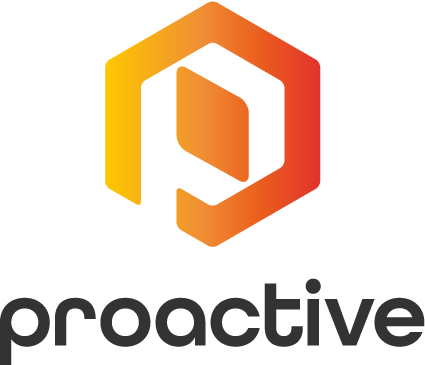Matador Mining close to releasing Cape Ray Gold Project scoping study

Matador Mining Ltd (ASX:MZZ) is progressing with a scoping study for its Cape Ray Gold Project in Newfoundland, Canada, which is expected to be released in late March.
The company's executive director Adam Kiley will present at the upcoming Proactive CEO Sessions this month and said he wanted to outline the unique opportunities the project presents.
“The scoping study will show the market that weve got a very vanilla project thats high grade, in a first world jurisdiction and is going to a have a rapid payback.”
The companys exploration program in 2019 included 12,600 metres of drilling and resulted in an increase of the resource at the Cape Ray project by 18% to 1.2 million ounces.
Low discovery cost[hhmc]
The Window Glass Hill deposit was highlighted in the drilling program, growing by 71% to 230,000 ounces, up from 134,000 ounces with the grade increasing by 34% to 1.6 g/t as compared to 1.2 g/t.
Kiley said: “The drilling we did at Window Glass Hill was coming through at a discovery cost of just U$5 per ounce – which is one of the cheapest discoveries you could get.
“In the future exploration program for this season were going to continue drilling at Window Glass Hill because we believe the potential to expand it further is fantastic.”
Massively underexplored region[hhmc]
The company is focused on finding new greenfield deposits and has consolidated 80 kilometres of strike along the shear to progress its exploration plans.
Due to the projects proximity to Marathon Gold Corps (TSE:MOZ) Valentine Gold Project, which includes a 4-million-ounce resource with 3 million from a single deposit, Kiley is confident of finding similar deposits in the massively underexplored region.
He said: “Well be going through smart, greenfields exploration and even if we dont find a large single million-ounce deposit, we believe were already got a project (especially in the current gold environment) that will give an extremely quick payback.”
The company's holdings in the region around the Cape Ray Project
Perfect for open pit mining[hhmc]
Kiley said that the main point of difference with Window Glass Hill was that the mineralisation was generally around 40-60 metres from surface.
He said: “If you were to look at West Australian gold deposits for example, typically youre going to have about 50 metres of overburden before you actually even get to the mineralisation.
“Were consistently hitting mineralisation very close to surface."
Kiley said that normally in gold deposits the grade was thinner on the surface and blew out the lower you went, but Matador was finding the opposite with Cape Ray.
He said: “the highest-grade mineralisation is actually within the top 50 metres.
“If this project was anywhere else in the world it would have been mined.
"If it was in Western Australia it would have been mined, if it was in West Africa thered be artisanal all over it, if it was in mainland Canada it would have been mined.”
High grades near surface[hhmc]
The same is true for the Central Zone deposit, which holds a resource of 810,000 ounces at 2.6 g/t with the top 100 metres an exceptionally high-grade for an open pit project.
Kiley said: “If you look at that top 100 metres, youve got just under 300,000 ounces at just under 4 grams per tonne.
“But even if youre putting through 2.5 to 3 grams per tonne thats going to rank as one of the highest-grade open pit projects in the world when the study comes through.
“When we get through to the scoping study, were not expecting significant mine development costs, were expecting to be hitting pay dirt straight away.”

Cape Ray deposits location
“Strong mining jurisdiction”[hhmc]
Kiley said the company was confident the upcoming scoping study would highlight the unique value of the Cape Ray project.
He said: “We are now fully funded – we just raised $5 million which Read More – Source
[contf]
[contfnew]

Proactiveinvestors
[contfnewc]
[contfnewc]




